An Imperfect but significant alternative
An Imperfect but significant alternative
By Orçun Göktürk, from Beijing / CHINA
A recent article published in the South China Morning Post—owned by Alibaba Group’s founder and one of China’s wealthiest figures, billionaire Jack Ma (Chinese name: Mǎ Yún)—was titled “New wave of globalization could be China-led”. The piece was authored by Wang Huiyao, the president of the Beijing-based think tank “Center for China and Globalization” and a former advisor to China’s State Council. The article emphasized that increasing globalization momentum and establishing production and supply infrastructure across transnational geographies would enhance Chinese companies’ competitive advantages on the international stage.
For years, globalization evoked images of Reagan and Thatcher, neoliberal policies, and a Western-centric global economy built to serve its own interests: the Washington Consensus, IMF prescriptions, free market dogmas, and trade chains dominated by multinational corporations. However, the world is now approaching a different threshold. The unipolar order that emerged after 1990 under Western leadership is unraveling—both due to its internal contradictions and the challenges posed by rising new powers. Amid this unraveling, China is increasingly seen as the “new pioneer of globalization.”
This new era must be taken seriously. Since 1978, with Deng Xiaoping’s “Reform and Opening-Up” policies, China integrated into the global capitalist economy without severing ties completely with socialist planning. Through low-cost production and enormous state-led sacrifices, China became the “world’s factory.” The former slogan “In China, for China” evolved into “In China, for the world.” Over time, China transformed into an economic powerhouse not only dominating labor but also technology, infrastructure, and finance. Especially during the West’s deindustrialization, China became the epicenter of global production. Yet this came at a cost: many developing countries’ fragile industries lost their competitiveness against China’s low-priced goods.
At this point, one must ask: Is China really proposing a globalization where everyone wins—or is it merely continuing the same game with a new center of power?
Trump and the Crisis of the New Order
To answer this, it’s essential to examine the transformation underway in the United States. Donald Trump’s first presidency (2016–2020) symbolized the U.S.’s forced retreat from global economic leadership. The rise of protectionist barriers against free trade, the tariff war with China, geopolitical maneuvers centered on Taiwan, and the “America First” rhetoric—all pointed to the collapse of the very order the West had constructed.
With Trump’s return to the presidency in 2025, these tendencies are no longer temporary deviations; they appear to be forming a lasting direction in American politics. The U.S. has once again turned away from the so-called multilateral institutions and liberal creed it built, embracing a harsher stance that prioritizes national interests over global order. This shift has created an atmosphere of uncertainty not only for China but also for Global South countries. As classical globalization rooted in multilateralism is questioned, new alternatives are gaining traction.
China’s Proposed Alternative
The actor stepping in to fill this vacuum is now China. Under Xi Jinping’s leadership, China is aiming to offer not only an economic but also a political and cultural alternative. The Belt and Road Initiative, announced in 2013, seeks to connect Asia, Africa, and Europe through infrastructure and connectivity. Since 2021, the Global Development Initiative, Global Security Initiative, and Global Civilization Initiative have further demonstrated China’s preparations for multidimensional global leadership.
These initiatives advocate multilateralism against Western unilateralism; shared development over hegemonic intervention; civilizational dialogue over cultural homogenization; and sovereignty over interference in domestic affairs—principles echoed in the founding declarations of BRICS and the Shanghai Cooperation Organization (SCO). In other words, China’s proposed model is not just economic, but political too, and based on multipolarity.
An imperfect but significant alternative
Yet, China’s approach to globalization is not without criticism. In some African and Asian countries, infrastructure projects have resulted in large debt burdens. To be clear, this is not to say—as Western propaganda machines claim—that China is pursuing “Debt Trap Diplomacy.”
Encouraging free trade can also undermine domestic production in developing countries. For instance, Türkiye’s state-backed domestic automobile project, TOGG, faces stiff market competition from Chinese brands like BYD, even before fully launching.
Still, viewed holistically, the new wave of globalization led by China stands out as a form of “alternative globalization.” While it doesn’t necessarily promise a more just version of global capitalism, it represents a significant challenge to the hegemony of the unipolar and interventionist Western model.
Can Multipolarity Challenge Imperialism?
We are witnessing the end of a Western-centric illusion—that “single-centered hegemonic powers” are sufficient to solve global problems. Issues like inequality, poverty, health, digital and cyber-attacks, wars, and terrorism are not problems the West can solve; rather, they are crises it has created. Overcoming them requires multipolar and inclusive solutions. In this context, China plays a dual role: representing the voice of the Global South while also advancing its own interests.
Yes, China is a leading actor in today’s globalization process. However, this version of globalization is fundamentally different from the post-1980 model that was imposed on developing countries. The post-1980 neoliberal globalization—embodied in the Washington Consensus—promoted liberalization, privatization, fiscal austerity, and financial deregulation as ideological dogmas. During this period, the IMF and World Bank forced austerity measures onto developing countries, weakened local industries through multinational corporations, and in many cases removed anti-American governments via military coups or so-called “color revolutions.” Western globalization was never limited to economics—it also included regime exportation, intervention, and occupation in the name of “democracy.”
By contrast, China’s globalization vision is more pragmatic and state-centered. Beijing emphasizes non-intervention in the domestic affairs of its partners, and refrains from using concepts like “democracy,” “human rights,” and “free market” as ideological weapons. It bases development cooperation on low-interest loans, infrastructure investments, and mutual benefit. It is true that this model also creates asymmetries favoring China—especially in fragile economies—and promotes the export of Chinese surplus goods. But the key difference is this: unlike the West, China is not pursuing ideological hegemony. Its globalization model is multi-centered and more flexible.
In short, China’s style of globalization is also interest-driven—but unlike the West, it does not impose a model, manipulate markets, or engage in regime engineering (at least for now). In this sense, it offers a framework more compatible with the new multipolar world. Most importantly, the Chinese model combines critical sectors of the public economy under state control, led by a Communist Party that aligns with and largely supervises the private sector. This is fundamentally different from the so-called “liberation recipes” imposed by the West on vulnerable nations.
However, China’s leadership is not a panacea. In the establishment of a multipolar order, China’s steps are significant—but the trajectory of this new system will be judged by how much space it creates for national sovereignty, state-led development, and more equitable international relations.



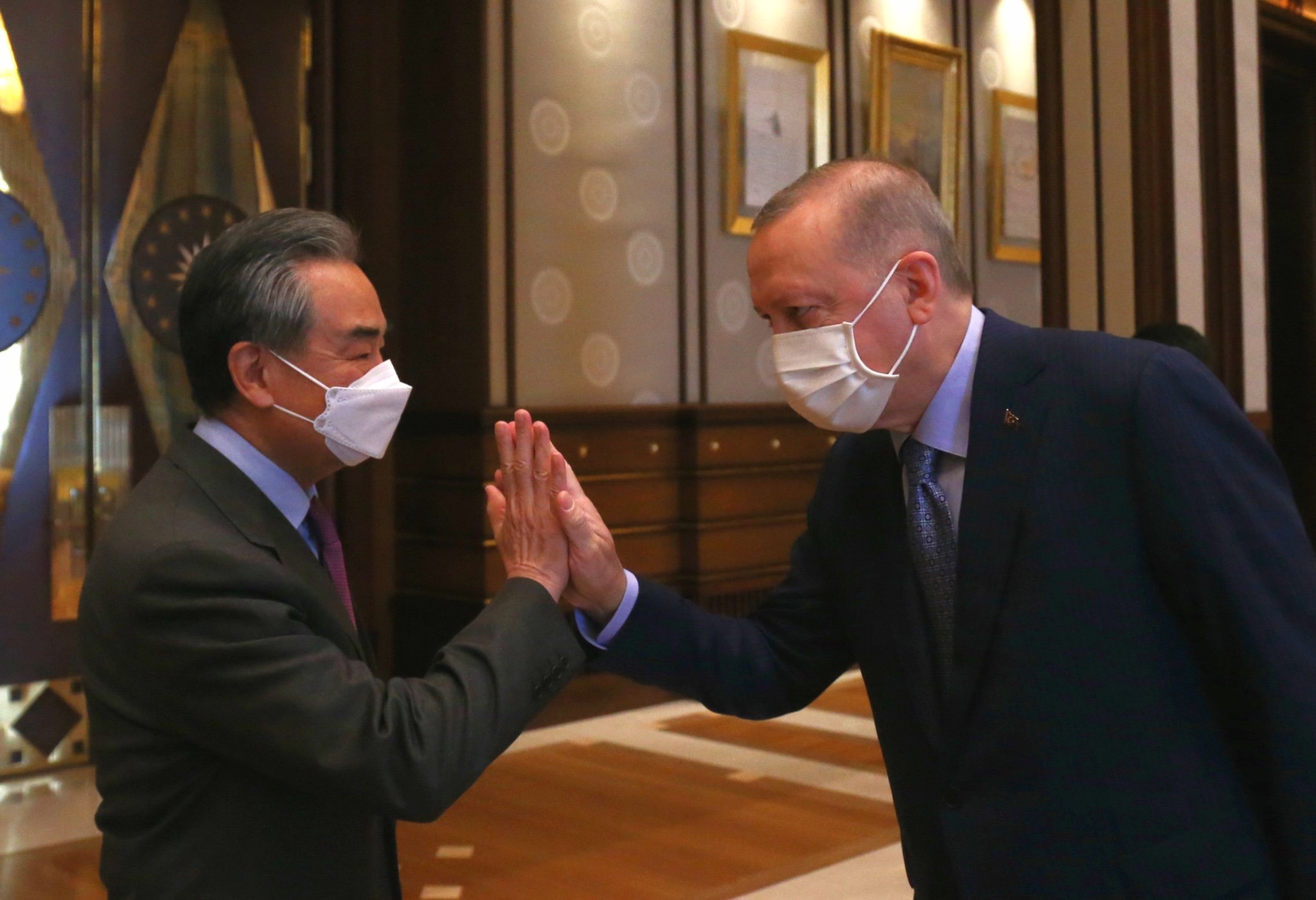



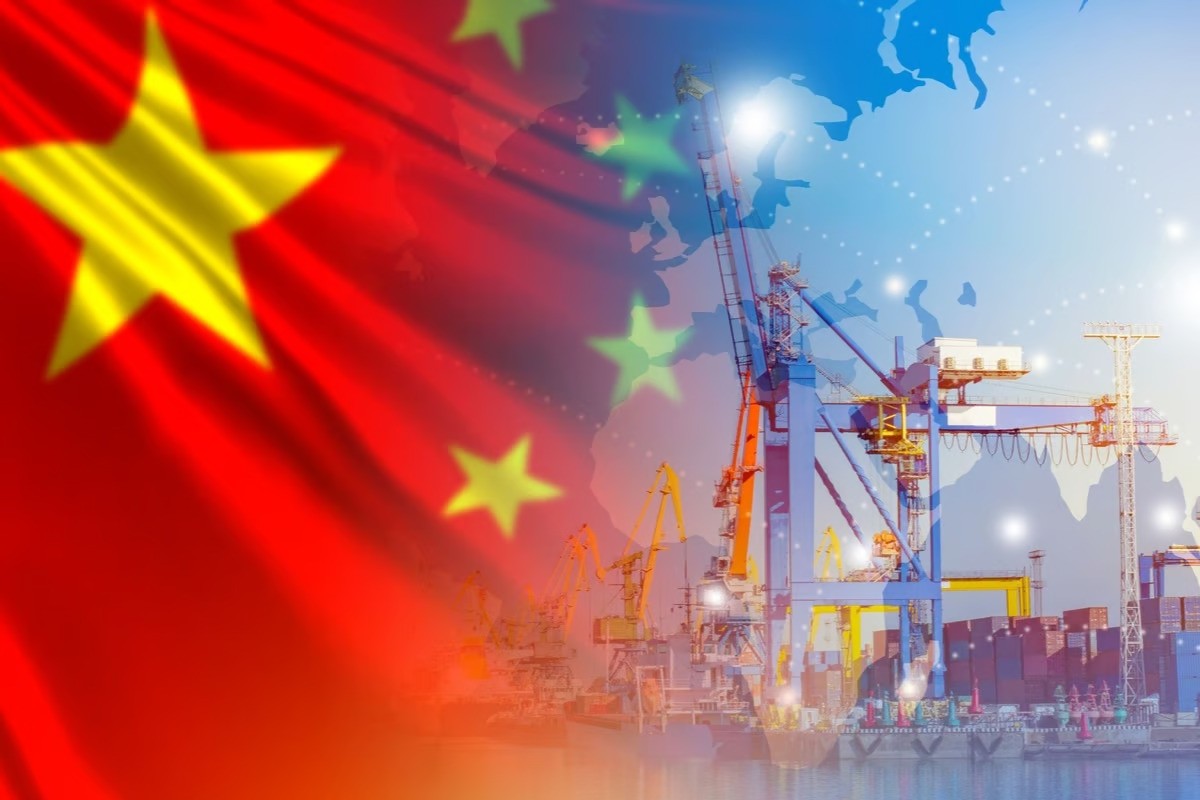



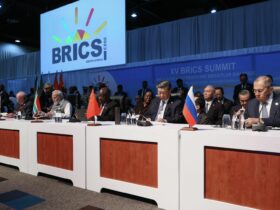
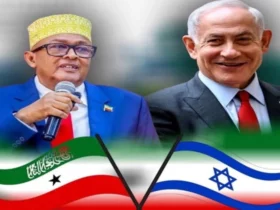
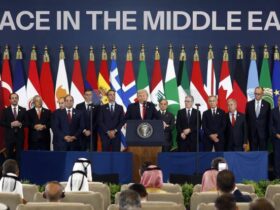


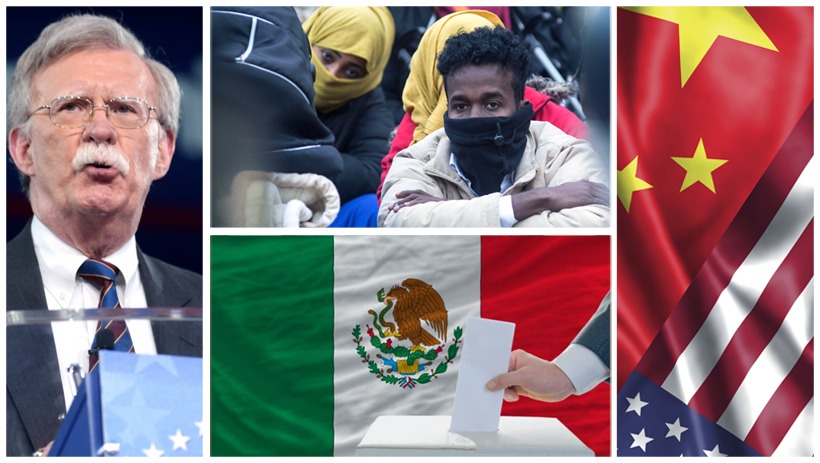
Leave a Reply